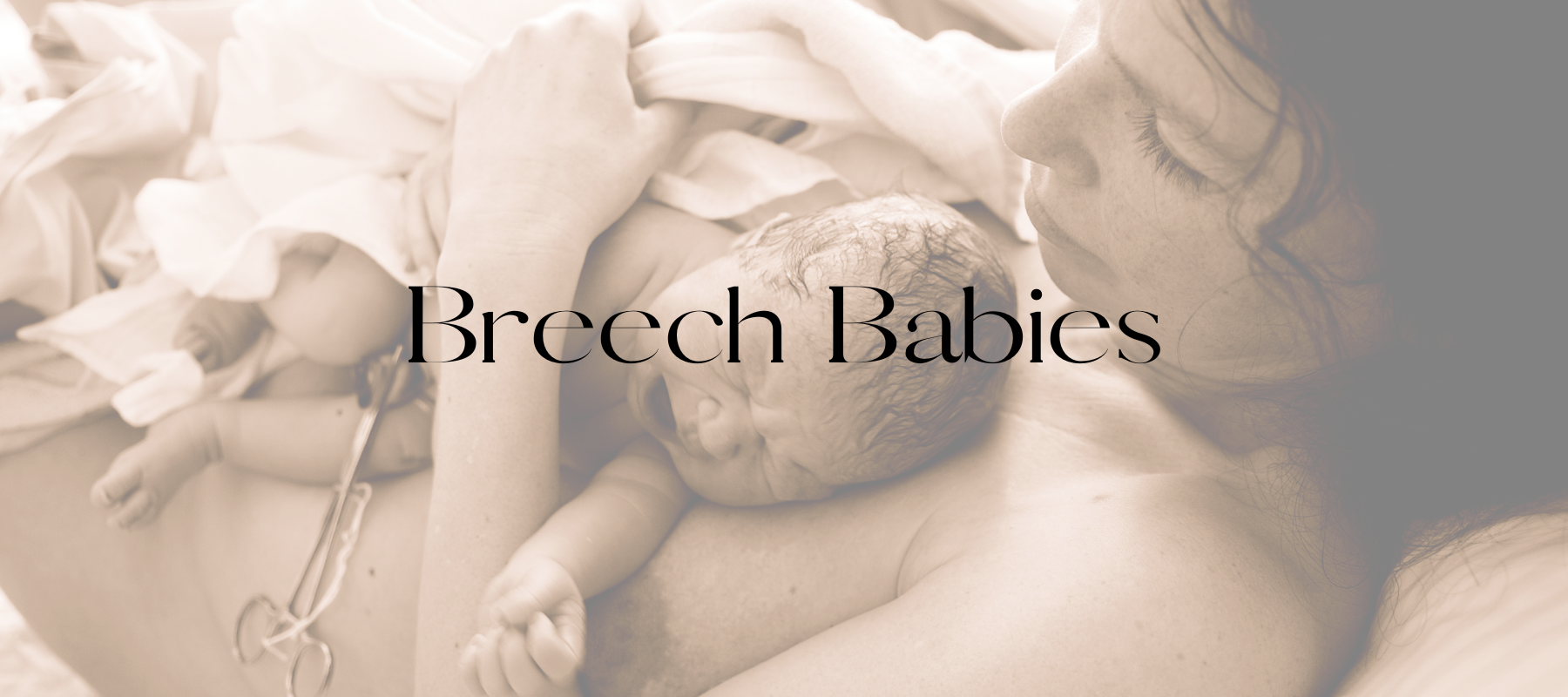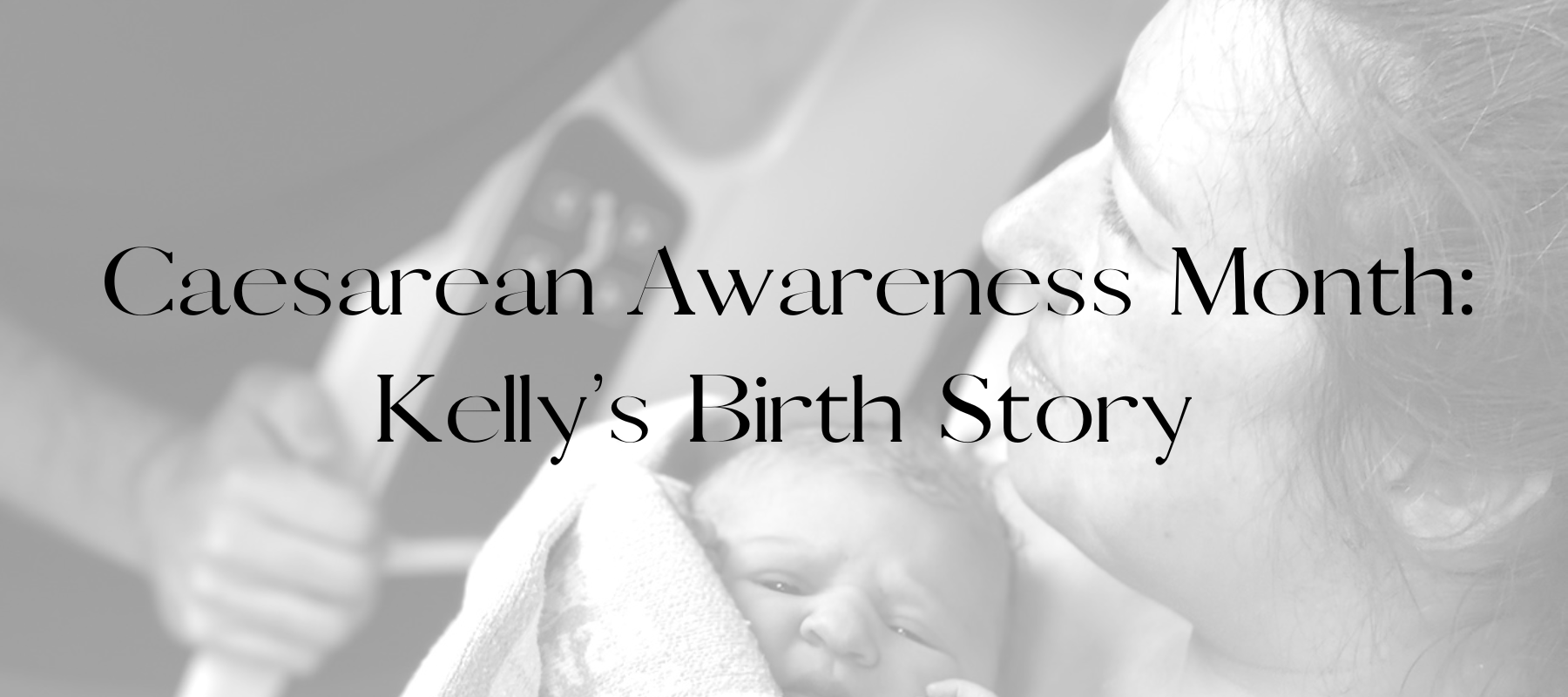Hand expression of colostrum/breastmilk is an important skill for breastfeeding women to learn, either before (i.e antenatally) or after delivery. During pregnancy, colostrum production begins at 16 weeks gestation and can continue until 10-14days postpartum. (However, it is not recommended to begin expressing antenatally until 35+ weeks gestation)
Do I need to express before my baby is born?
Hand expressing antenatally is not necessary (or without risk)* for all mothers. Once your baby is born and able to attach to the breast, they will be able to remove colostrum themselves. You may also wish to express after your delivery to provide additional colostrum to your baby.
There are benefits to having ‘extra’ colostrum to give baby in the first 24 hours following delivery.
These benefits include:
- Baby unable to breastfeed initially due to unforeseen circumstances such as:
- Separation of mother and baby
- Baby illness (Respiratory Distress, Hypoglycemia and many others)
- Maternal complications following delivery
- Physical/anatomical reasons (cleft lip/palate or chromosomal abnormalities)
- Baby born prematurely and has increased energy requirements - needing more milk
- Expressing stimulates the breast and encourages milk production
- Hand expression helps oxytocin release, which encourages bonding/attachment and stimulates uterine contractions – which are crucial to a mother’s recovery after delivery.
- Helps avoid the need for artificial supplementation with infant formula which may be introduced otherwise for various medical reasons
- Encourages baby’s digestive system and helps prevent jaundice
- Decreases maternal and infant stress and encourages longer periods of rest/sleep
- Provides protective antibodies to a baby’s vulnerable immune system
Benefits for babies of gestational diabetic mothers
During a pregnancy affected by gestational diabetes, babies often receive higher levels of circulating glucose (sugar) which encourages them to increase their own insulin production. Following delivery, these insulin levels often remain higher then needed, in anticipation of extra glucose they are no longer receiving. As a result of this, some babies require oral glucose gel and additional milk after delivery to stabilize their blood glucose level.
In these times it is very valuable to have additional expressed breastmilk that you can provide to baby (if you are able!)
Breastfeeding/expressing also has multiple benefits for diabetic mothers:
- Reduces risk of Gestational Diabetes developing into Type 2 Diabetes
- Helps weight loss and improves maternal sleep
How to hand express
- Wash your hands thoroughly to prevent contaminates in your expressed milk.
- You’ll need to sterilize your equipment before each expression/have sterile syringes
- Position your thumb at the top of the areola and your index finger at the base of the areola
- Once you are positioned comfortably, begin expressing by applying pressure in and up towards your chest wall. You should aim to feel the firm underlayer (or ‘ridge’) ending just behind the areola
- Now, massage this firmer layer between your fingers towards the nipple. You should be able to feel that little ridge ‘drop-off’ just behind the nipple. Apply gentle pressure at this point.
- Keep repeating these two steps, you should be able to keep your fingers in the same place and slowly begin to see droplets of colostrum appear on the nipple which you can collect.
Incorrect positioning:
Be mindful not to widely space your fingers. If you are only massaging the surface breast tissue or pulling the nipple out this will be less effective and often painful!
Remember:
There is wide variation in the amount of colostrum you may express in comparison to other mums! Research suggests there is no correlation between the amount you express antenatally and the amount of colostrum or breastmilk you will produce postnatally.
*Is antenatal hand expressing safe?
Current evidence suggests the women with low-risk and diabetic pregnancies can safely hand express in late pregnancy (35+ weeks gestation)
Hand expression is typically not recommended in cases of threatened premature labour, shortened cervical length, pregnancy induced high blood pressure/pre-eclampsia and other obstetric complications. This is due to the fact that hand expressing promotes oxytocin release, which may stimulate contractions.
Before commencing antenatal hand expressing it’s important to check with your midwife or obstetrician and ensure it will be safe to do so!
Check out our colostrum expressing kit too for syringes and a helpful ‘how-to’ card!
Written by Keryn Thompson, RM & IBCLC (L-301766)
References:
Casey, J., Banks, J., Braniff, K., Buettner, P. and Heal, C., 2019. The effects of expressing antenatal colostrum in women with diabetes in pregnancy: A retrospective cohort study. Australian and New Zealand Journal of Obstetrics and Gynaecology, 59(6), pp.811-818.
De Bortoli, J. and Amir, L., 2015. Is onset of lactation delayed in women with diabetes in pregnancy? A systematic review. Diabetic Medicine, 33(1), pp.17-24.
East, C., Dolan, W. and Forster, D., 2014. Antenatal breast milk expression by women with diabetes for improving infant outcomes. Cochrane Database of Systematic Reviews,.
Fair, F., Watson, H., Gardner, R. and Soltani, H., 2018. Women’s perspectives on antenatal breast expression: a cross-sectional survey. Reproductive Health, 15(1).
Feig, D., Corcoy, R., Jensen, D., Kautzky-Willer, A., Nolan, C., Oats, J., Sacks, D., Caimari, F. and McIntyre, H., 2015. Diabetes in pregnancy outcomes: A systematic review and proposed codification of definitions. Diabetes/Metabolism Research and Reviews, 31(7), pp.680-690.
Glavey, M. and Fallon, A., 2022. Supporting women with diabetes to breastfeed: use of antenatal breastmilk expression. British Journal of Midwifery, 30(6), pp.316-324.
Moorhead, A., Amir, L., Forster, D. and Crawford, S., 2021. ‘Is there any point in me doing this?’ Views and experiences of women in the Diabetes and Antenatal Milk Expressing (DAME) trial. Maternal & Child Nutrition, 18(2).
Nommsen-Rivers, L. and Riddle, S., 2022. A Case Control Study of Diabetes During Pregnancy and Low Milk Supply | Breastfeeding Medicine. [online] Breastfeeding Medicine. Available at: <http://doi.org/10.1089/bfm.2015.0120> [Accessed 6 July 2022].
Soltani, H. and Scott, A., 2012. Antenatal breast expression in women with diabetes: outcomes from a retrospective cohort study. International Breastfeeding Journal, 7(1).
Wszolek, K., 2015. Hand expressing in pregnancy and colostrum harvesting—preparation for successful breastfeeding?. British Journal of Midwifery, 23(4), pp.268-274.



